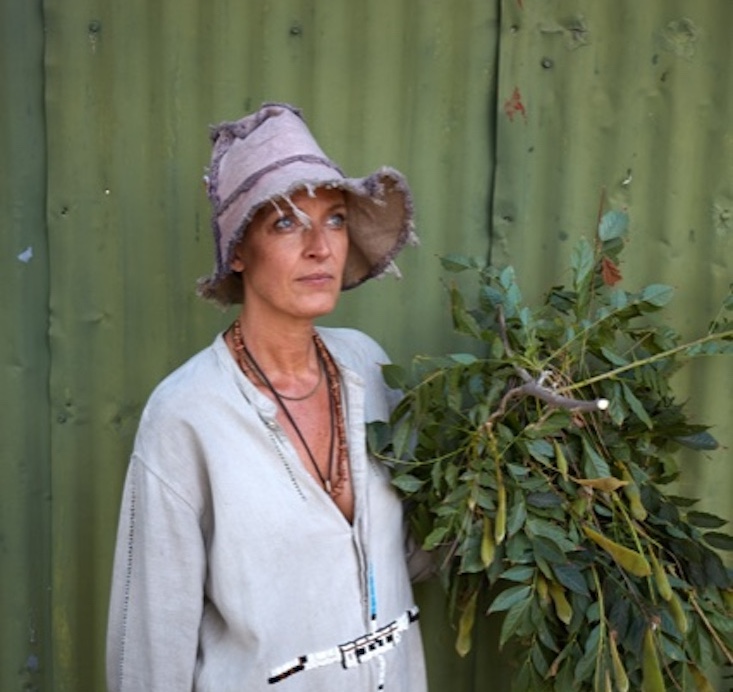There’s never a bad time to daydream of roses. But right now, as we dive into winter, it’s the best time to plant them: Bare root season is upon us.
Planting bare root is a more sustainable way to plant roses (as well as some shrubs, hedging, and trees). We take a closer look at why.
Photography courtesy of David Austin Roses.

1. It’s more sustainable.
Bare root means exactly that—these are plants with their roots free of soil that are pulled up from the ground when they go dormant from late autumn through to the start of the following spring. Bare root plants are easy to transport as they don’t require heavy pots of soil or any watering (they often arrive simply wrapped in paper). All of this—no plastic pots and more efficient shipping—translates to a lighter carbon footprint.
2. It’s cheaper.
Bare root plants more economical to transport—and also cheaper to buy: A bare root is normally around two thirds of the price of a potted rose (for hedging plants and trees, the difference between bare root and potted plants is significantly more).
3. It helps establish the plant.
Getting bare root plants into the ground also gives them a good chance to settle and establish their roots before the growing season too with no watering required. The only time to avoid planting is when ground is frozen.

How to Plant Roses Bare Root
When your roses arrive it’s best to carefully follow the planting procedure. If you are not able to plant right away, leave the bag of bare root roses somewhere cool and dark. They will often be fine in these conditions for several days. When you are ready to plant submerge the roots into a bucket of fresh water and leave to soak for an hour or two—or even overnight to rehydrate the plant.

As with any planting, ensure you give your roses the best possible start. Dig a hole that is wider and deeper than the plant’s roots and incorporate plenty of organic matter—compost or manure—into the soil. Spread out the roots of the plant and then, as you backfill with soil, ensure there are no air gaps around any of the roots. Heel the soil in so that it’s firmly compressed around the plant. The final soil level should be about an inch above the “knuckle” where the stems meet the roots. If you are planting bare root into a pot you can follow the same procedure—although remember that roses are hungry plants, so if you plan to keep a rose in a pot it will need to have its compost refreshed each season.

Bare root roses will not need any care until spring when it’s important to keep the area surrounding the rose weed-free. And while your plants will not need any watering over winter, as with any newly planted shrub or tree, keep an eye on it for its first year, especially in summer, and if there’s no rain then water it weekly. Finally, enjoy all those magnificent blooms.
Also see:
- Landscaping 101: How to Plant a Bare Root Hedge
- 10 Things Nobody Tells You About Roses
- Expert Advice: A Rosarian on Whether to Spray, When to Fertilize, and Other Questions About Growing Roses








Have a Question or Comment About This Post?
Join the conversation